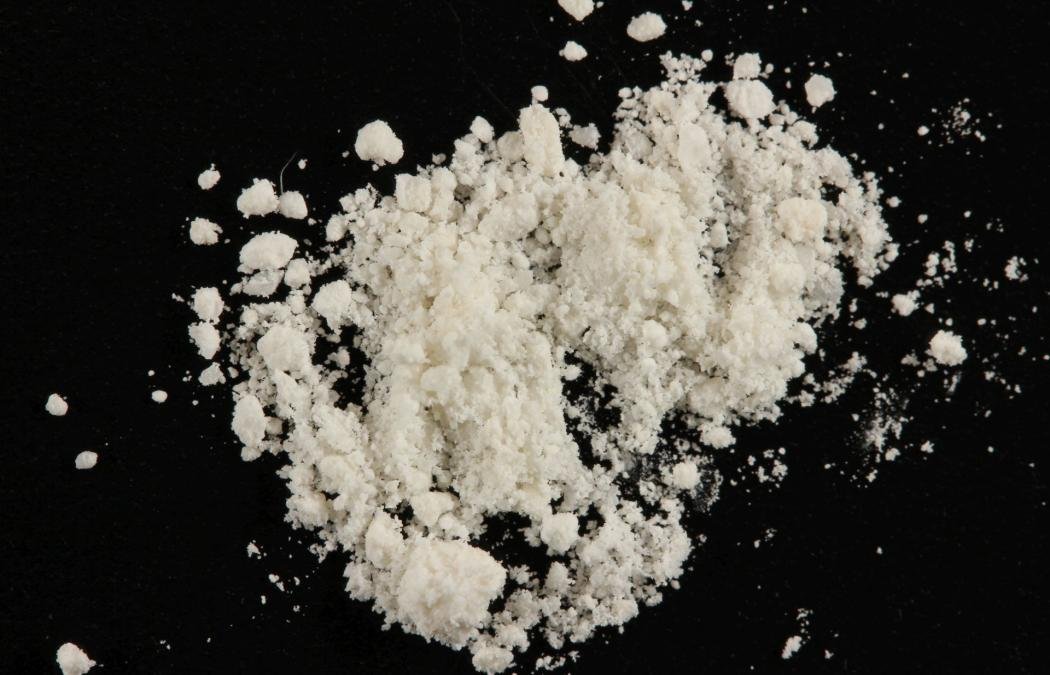What is Monkey Dust? Cathinones MDPHP and MDPV

When discussing monkey dust abuse and the various monkey dust drug effects, a synthetic drug that has been gaining notoriety due to its harmful impacts on users’ physical and mental well-being, including increased aggression, violence, hallucinations, paranoia, and health problems, it’s crucial to comprehend the chemical makeup of this substance and how it stacks up against other stimulants. We need to delve into why individuals are drawn to this perilous substance despite its known risks to effectively address such issues among those impacted by monkey dust.
Key Takeaways
Monkey Dust is a powerful synthetic stimulant with dangerous physical and mental health risks.
Its low cost, euphoric effects, and accessibility make it attractive to at-risk populations.
Addiction treatment requires a comprehensive assessment of behavioural and physical symptoms as well as regulatory measures such as reclassification in the UK.
Understanding Monkey Dust
Monkey Dust, commonly known as the ‘monkey dust drug’, is a synthetic psychoactive substance also named MDPV (3,4 methylenedioxypyrovalerone) or alternatively termed methylenedioxy–pyrrolidinohexiophenone. This powder form of medication produces an intense feeling of energy and euphoria comparable to that resulting from cocaine, ecstasy and other amphetamines, which are naturally occurring stimulants. Its variety street names include “bath salts” and “MPDH”.
Being part of the family for synthetics cathinones it shares many commonalities with other drugs such as cocaine and amphetamine. Distinct characteristics in terms of chemical composition give this substance unique properties among these powerful rush elements when administered properly. Monkey dust users range from individuals with prior substance abuse issues or mental health problems to recreational users, all of whom may experience the cycle of abuse and physical dependence that characterizes monkey dust addiction formation.
Chemical Composition
MDPHP, also known as Monkey Dust or “zombie dust”, is a synthetic cathinone drug with psychoactive properties meant for human consumption. It resembles khat and produces similar effects to cocaine, ecstasy and amphetamines in the form of an intense rush accompanied by feelings of euphoria. It has become popular due to its low cost relative strength in areas like Stoke-on-Trent leading to fears about a growing monkey dust epidemic that can bring on violent tendencies alongside paranoia among users. Dependence upon the substance can easily develop when abused giving rise to concerns regarding potential issues associated with drug abuse related to irrational behaviour, ultimately caused by taking this class of stimulant.
Similarities to Other Stimulants
The use of monkey dust has been linked to impulsive actions, including extreme hallucinations and paranoid thoughts. The UK government has taken action to control this synthetic drug by investigating its dangers as well as implementing stricter punishments for those who are caught supplying or possessing it. Reports suggest that the high experience when using Monkey Dust is similar to other stimulants, such as MDMA. Due to the strength of this substance, there is a much greater risk involved if one takes it regularly.
The physical and mental consequences brought on by taking these drugs can be serious, with long-term repercussions that damage users’ health drastically while making them vulnerable to addiction and, at the same time, risking dependency. To ensure safety measures are followed diligently across all parts of the UK, regulations must always be followed correctly to avoid any harm from individuals engaging in prohibited activities involving said drugs.
Street Names
In the UK, slang for a stimulant drug commonly referred to as Monkey Dust has been on the rise. This is due in part to various regional colloquialisms like “Zombie Dust”, “Cannibal Dust” and even simply “Bath Salts” that may be used interchangeably with its given name when referencing it. With this comes increasing worries about using such substances, which can be better addressed by being aware of these alternate street names for identification purposes. For example, other common terms sometimes heard are Flakka or MDPV (mono-desmethyl pyrovalerone).
The Attraction of Monkey Dust
The availability and allure of Monkey Dust are mainly caused by its affordability, powerful results, and convenience. It is particularly attractive to people in deprived areas due to the fact that it costs much less than other stimulants. Users find this drug particularly desirable because it gives them a long-lasting high full of intense energy and euphoria.
Taking monkey dust has negative consequences which will be explained later on.
Low Cost
In terms of cost, Monkey Dust is much more accessible than other drugs such as cocaine and heroin. This affordability has enabled its increased usage in locations like Stoke-on-Trent, which may not have the means to purchase pricier substances. Synthesis makes it considerably cheaper while offering a comparable stimulant effect compared with those traditionally sought after narcotics.
The reduced rate combined with easy access renders this drug very appealing to people who are financially burdened or living in areas facing deprivation. Thus leading to an observed increase in recreational drug use despite potential risks associated with it’s consumption.
Powerful Rush and Euphoria
Monkey Dust is a powerful and addictive synthetic drug that can provide an intense high for hours on end. It produces sensations of invincibility, strength, and euphoria similar to other stimulant drugs such as cocaine or amphetamines. It also carries severe risks including paranoia, aggression and hallucinations. This dangerous compound has become increasingly popular among those searching for a longer-lasting experience due to its rapid effects upon consumption.
Accessibility
Monkey Dust, a synthetic cathinone chemically similar to khat, which is an existing mild stimulant found in nature, has been reported as being available online through ‘legal’ alternatives. Its lengthy effects lasting up to 12 hours may attract those looking for a sustained high. It can lead to aggressive behavior and should not be taken lightly. To control the supply of this drug, various measures have been taken by UK authorities, such as commissioning reviews into its harms alongside seeking external opinion and discussing potentially harsher penalties or even reclassifying Monkey dust under class A drugs, finally supported with specific police operations targeting users.